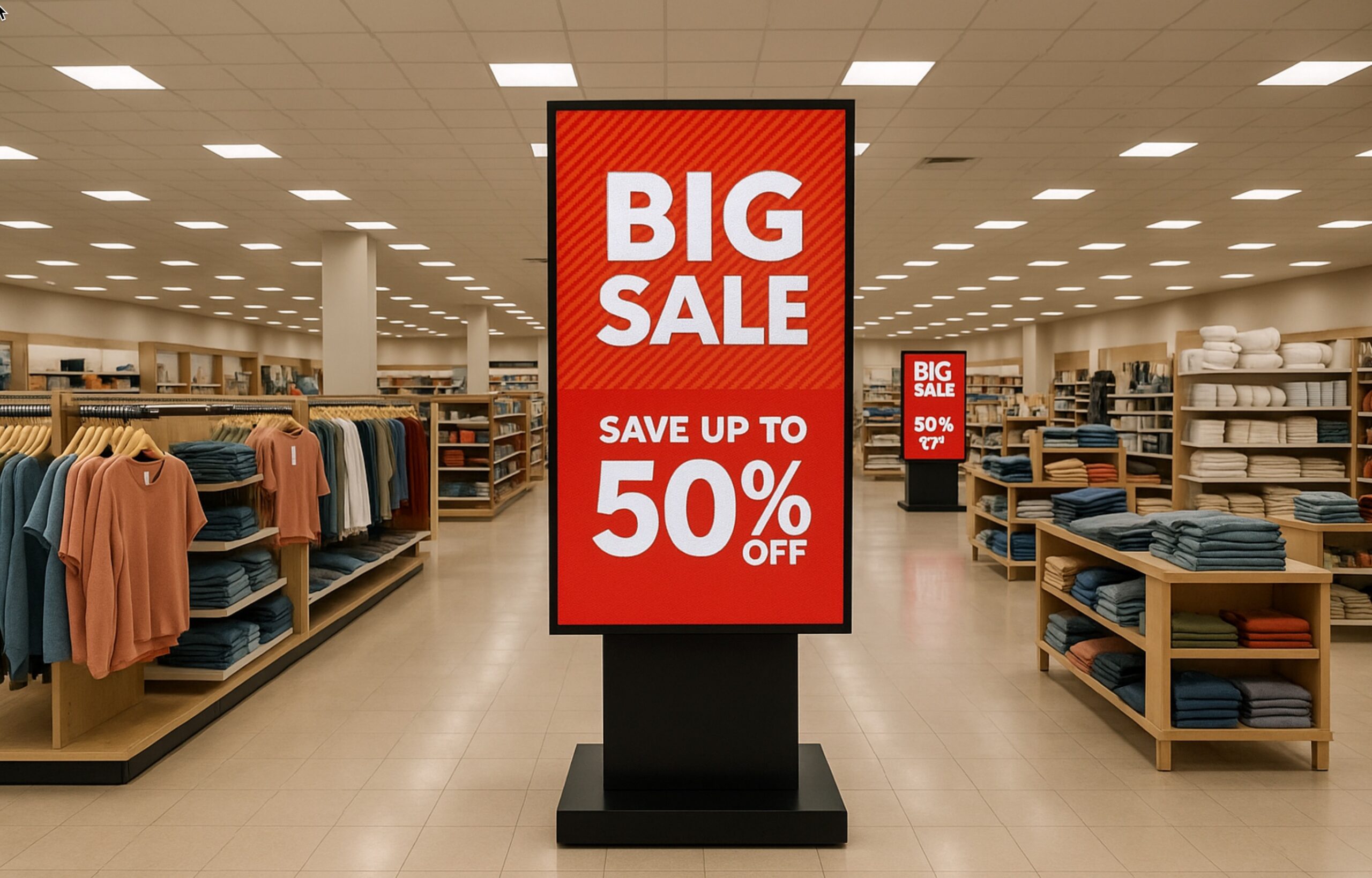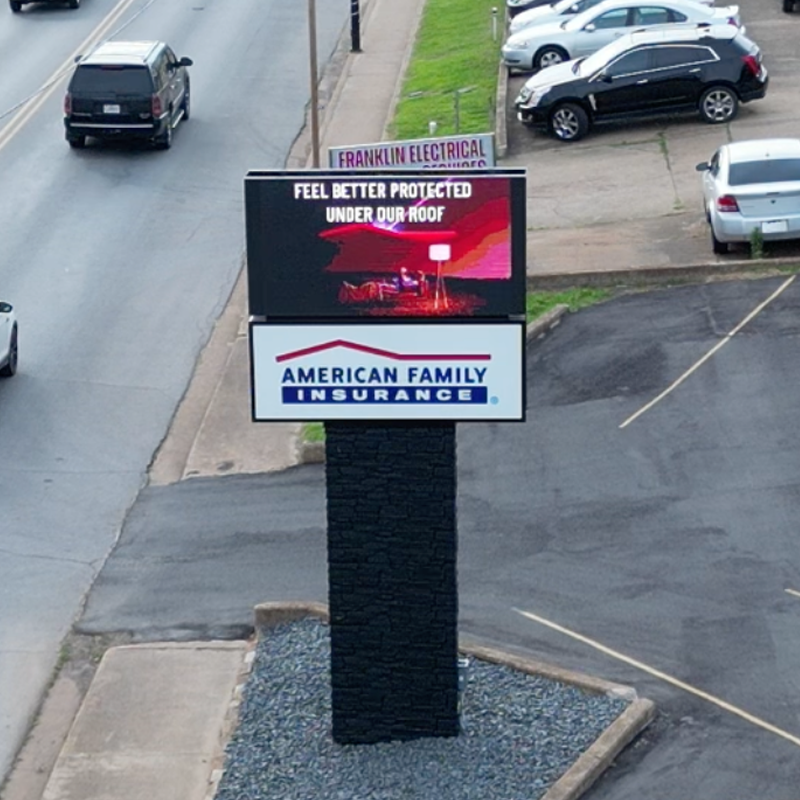Managing traffic flow and public transportation efficiently is no small task—especially in busy cities where every second counts. LED digital signs have become one of the most effective tools for improving traffic management, enhancing commuter experiences, and boosting public safety. From guiding drivers through congested intersections to giving passengers up-to-the-minute transit updates, LED signage offers clear, reliable communication when it matters most.
At NEXT LED Signs, we provide transportation-grade LED digital signs built to handle the fast pace of modern cities. Here’s how LED signage is making roads safer, commutes smoother, and public transit more dependable.

Real-Time Traffic Updates and Alerts
One of the biggest advantages of LED traffic signs is their ability to share real-time updates that help drivers and pedestrians make informed decisions.
- Dynamic Traffic Signs
These signs can instantly display speed limits, lane closures, accident alerts, or weather-related warnings. Updated remotely, they reflect actual conditions as they happen—giving drivers time to adjust and avoid trouble spots. - Variable Message Signs (VMS)
VMS boards adapt messages based on live data. For example, they might lower the posted speed limit during heavy rain or alert drivers to upcoming roadwork. This helps keep traffic moving while improving safety. - Congestion Management
During rush hour, LED signs can suggest alternate routes or indicate real-time travel times. Paired with traffic sensors, they give drivers the best chance of avoiding bottlenecks and cutting down on delays.
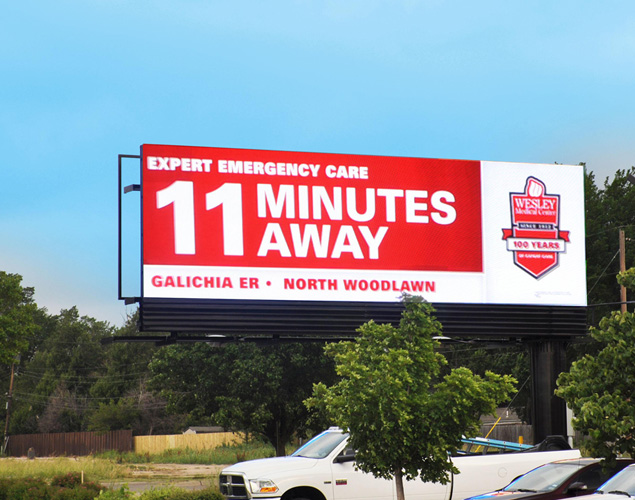
Improving Public Transit Efficiency
For buses, trains, and subways, timely communication is everything. LED signs keep riders informed so they can plan their trips with confidence.
- Bus and Train Arrival Times
Platform and station displays can show exactly when the next bus or train will arrive, factoring in any delays. This reduces uncertainty and makes public transit more reliable in the eyes of commuters. - Real-Time Service Alerts
If a route is delayed or detoured, LED signs can instantly display changes, including alternative routes. Riders know what’s happening before they step on board. - Route and Transfer Information
In busy transit hubs, LED signage helps guide passengers to the right platform, gate, or track—reducing confusion and improving the flow of foot traffic.
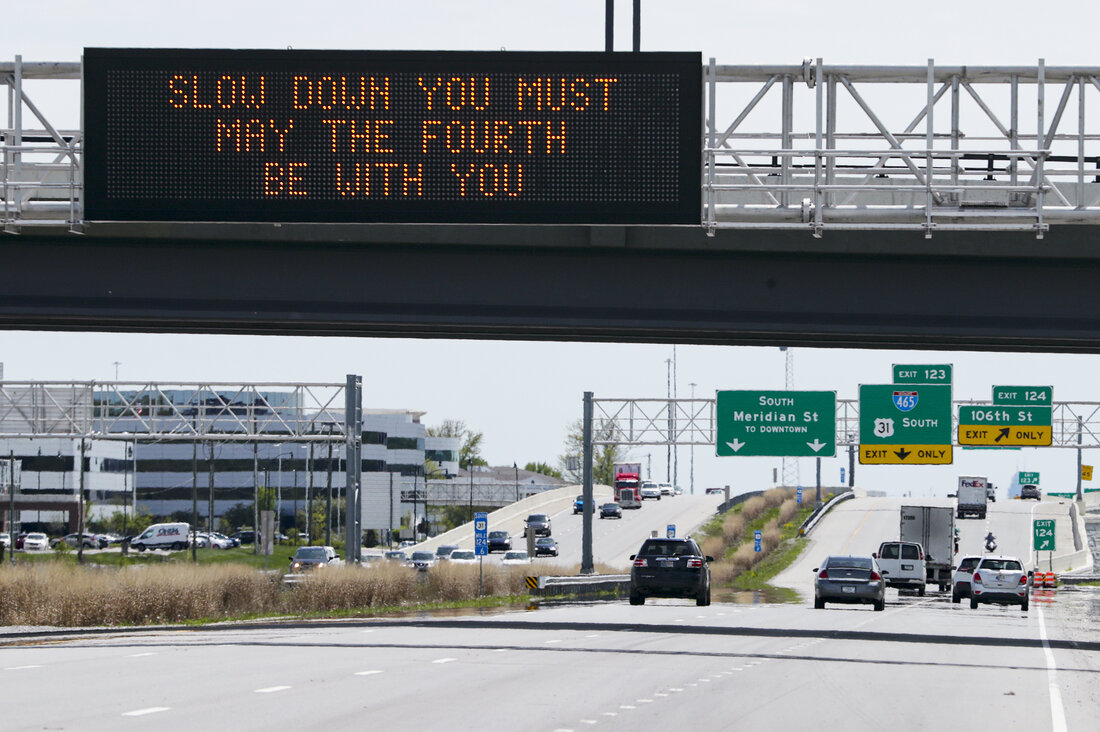
Enhanced Safety for Drivers and Pedestrians
Safety is a constant priority in transportation. LED signs help reduce risks by sharing clear, timely alerts.
- Pedestrian Crosswalks and Alerts
Crosswalk signs with bright LED warnings prompt drivers to slow down and watch for pedestrians. Countdown timers give walkers clear visibility into how long they have to cross. - Advanced Warning Signs for Hazardous Conditions
In areas prone to fog, snow, or ice, LED warning signs can alert drivers early so they can adjust their driving and avoid accidents. - Emergency Notification Systems
During emergencies—whether a major accident, severe weather, or security threat—LED signs can broadcast evacuation instructions and detour routes in real time.
Smart City Integration and Traffic Management
As cities evolve into smart cities, LED digital signage is being integrated into larger, data-driven traffic systems.
- Adaptive Traffic Control Systems
LED signs can work alongside adaptive traffic lights that adjust timing based on real-time flow. This reduces unnecessary stops and keeps vehicles moving smoothly. - Data-Driven Decisions
When linked to traffic software, LED signs help collect valuable data about congestion, usage patterns, and peak hours. Cities can use this information to improve long-term traffic planning.
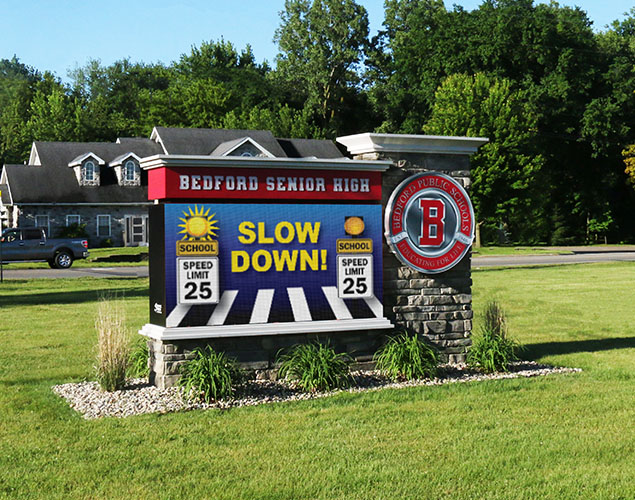
Sustainability and Energy Efficiency
In addition to their functional benefits, LED digital signs are an environmentally friendly solution for traffic and public transportation systems. LED signs are energy-efficient, long-lasting, and require less maintenance than traditional signage options.
- Energy Efficiency
LED digital signs consume far less power than older forms of signage, such as incandescent or fluorescent lights. This not only reduces energy costs for cities and transit agencies but also contributes to sustainability efforts by lowering carbon emissions. Cities can implement digital signs that automatically adjust brightness based on ambient light, further reducing energy consumption. - Reduced Environmental Impact
The durability of LED digital signs means fewer replacements and less waste, making them a more sustainable option for cities aiming to reduce their environmental footprint. Since digital signs have a long lifespan, municipalities can save money in the long term by investing in high-quality LED signage that requires minimal maintenance and reduces the need for constant replacements.
FAQs: LED Signs for Traffic Flow and Public Transportation
- How do LED signs improve traffic flow in busy areas?
LED traffic signs deliver real-time updates about lane closures, congestion, and hazards. According to the Federal Highway Administration, variable message signs can reduce congestion-related delays by up to 20%. - Can LED signs help reduce public transit delays?
Yes. Real-time arrival displays at bus stops and train stations give passengers accurate schedules and service alerts, helping them plan ahead and reducing missed connections. - Are LED traffic signs effective for safety?
Absolutely. Studies show that dynamic warning signs can lower accident rates by as much as 25% in high-risk areas by alerting drivers to hazards earlier. - How do LED signs integrate into smart city systems?
They can connect to traffic sensors, cameras, and adaptive signal controls. This allows cities to adjust light timing, update messages instantly, and manage congestion based on live conditions. - Do LED signs save money for transportation agencies?
Yes. LED displays consume up to 80% less energy than older signage, and their long lifespan reduces replacement and maintenance costs. - Can LED signs be used for emergency notifications?
They are ideal for emergencies, providing instant evacuation routes, detour instructions, or hazard warnings that reach drivers and pedestrians immediately.
The Future of Traffic Flow and Public Transportation with LED Signs
The role of LED digital signs in improving traffic flow and public transportation is undeniable. From offering real-time updates to enhancing safety and efficiency, digital signs are transforming how we manage and navigate our cities. As transportation systems become more complex and cities continue to grow, LED signage will play an even larger role in helping keep traffic moving smoothly and passengers informed.
At Next LED Signs, we offer innovative, high-quality LED digital signs designed to enhance the effectiveness of transportation systems. Whether you’re looking to improve traffic management, provide real-time updates for commuters, or integrate digital signage into a smart city infrastructure, we have the solutions you need.
Contact us today to learn how LED digital signs can improve traffic flow, enhance public transportation experiences, and contribute to smarter, more efficient cities.


